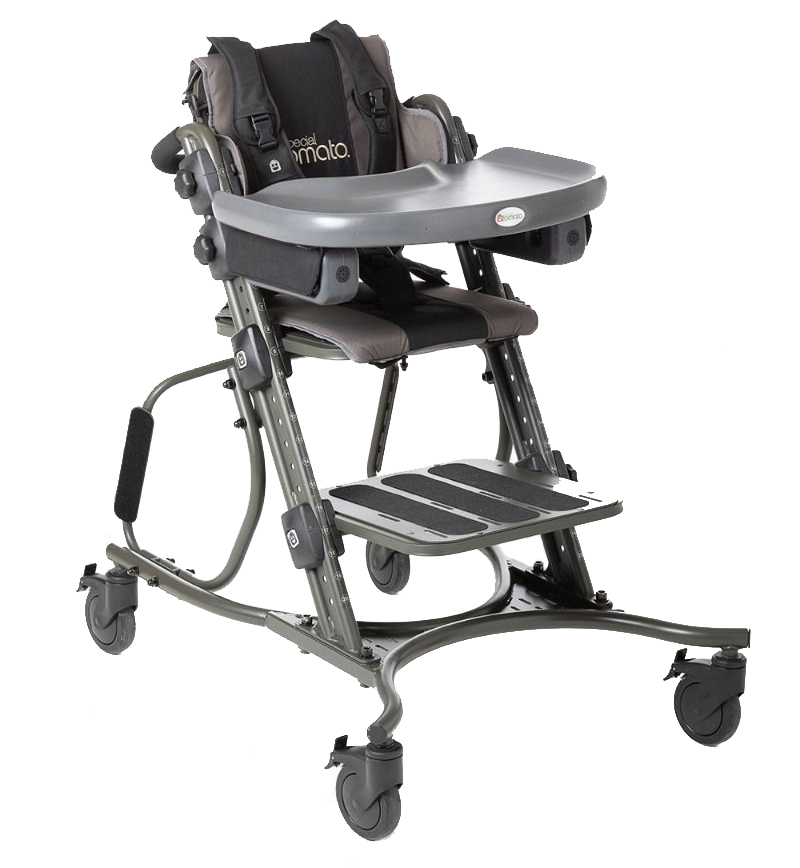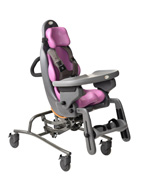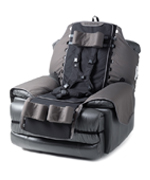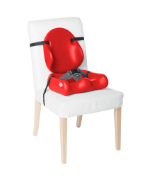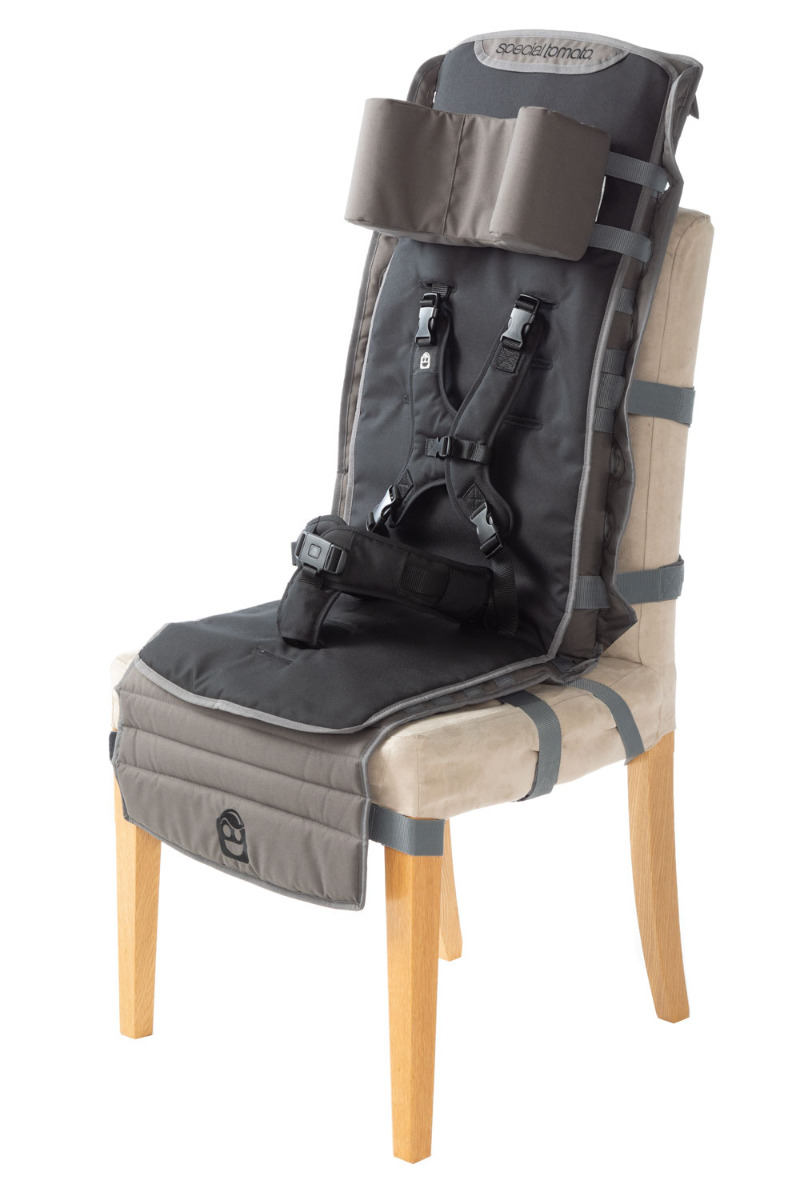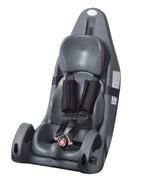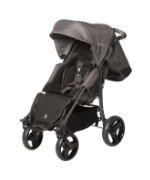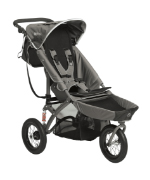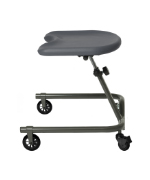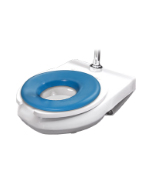Understanding Tray Types and Grab Bars
Many pieces of adaptive equipment come with a tray and/ or grab bar or offer them as optional accessories. This is especially common for adaptive seats, standers, and strollers. You might think you know all there is to know about these common features, but their therapeutic benefits reach far beyond the obvious.
Let’s start with trays. The obvious function of a tray on a piece of equipment is to provide a work surface at an appropriate height. This will negate the need to find a tabletop or countertop of appropriate height to roll up under or next to when your child is in their piece of equipment and needs a work surface. A work surface is necessary to participate in many activities. Eating meals, interacting with items that encourage the development of fine motor skills, supporting communication devices, computers, reading and writing materials or simply having a place to rest their arms are all important functions of a tray. Fine motor skills are first developed with the hands and forearms resting on a supportive surface. Then as the child grows stronger, they can begin to work with hands and then arms above the surface. An object placed in the middle of the tray will encourage a child to bring both hands to midline for exploration and manipulation. Contact with the tray, even while resting, offers sensory feedback regarding body position that is necessary during motor learning.
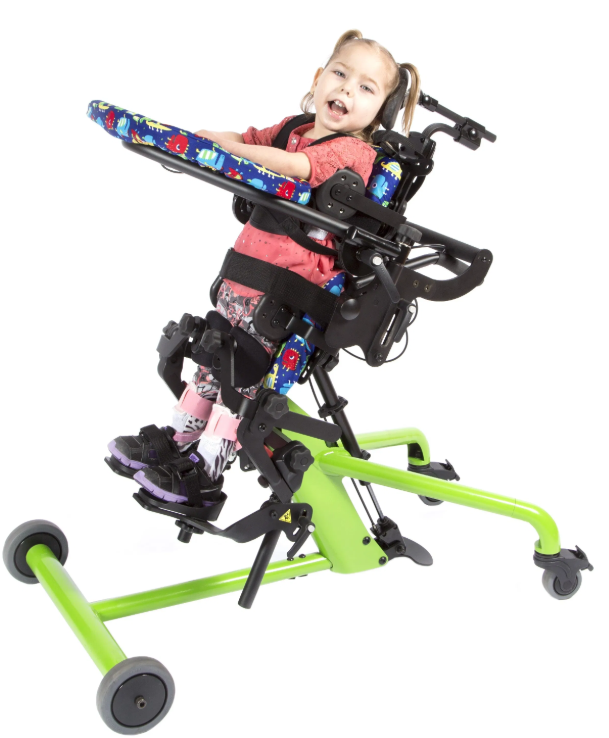

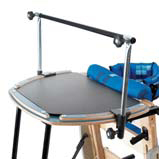

Trays can be made of many different materials such as solid molded plastic, clear acrylic and even foam. Clear acrylic trays can be of value because they allow your child to see their legs and feet below the tray which improves body awareness. Solid trays will provide a less complicated visual experience for a child who is attempting to distinguish the shapes of things placed on the tray. Foam trays offer softer positioning support, and some have been crash-tested and can be used during transport.* Many trays are height, depth and angle adjustable to ensure that the tray is positioned optimally for support or to maximize a child’s performance while they work on the tray surface. Some trays will offer optional accessories to enhance postural support such as a chest pad which a child can lean into, for example during prone standing. Elbow stops/ forearm wings attached to the tray can prevent arms from slipping off the back end of the tray especially if a child tends to retract their arms (pull shoulder blades together and arms back which is often a strategy used by children to help hold their head and trunk upright especially if they have abnormalities in muscle tone). Having a raised edge on the tray will help to prevent items from falling off the tray. Having padding on the tray can be important if a child relies heavily on the support of the tray or tends to use the tray for pounding or banging.


Grab bars that go over the tray on seating systems and standers, similar to hand grips that can be suction cupped or attached to a tray, offer a place for the user to hold onto. The higher the level of support (for example hand grips suction cupped to the tray will be lower than a grab bar suspended above the tray) the more help it offers and the less independent postural control the child will require. If a child is grasping a grab bar at shoulder height, they will be given more assistance to hold themselves upright than if they were using a hand grips on their tray. Some children may not be able to bear weight through their arms on a tray, but they can grasp and hold a bar or hand grip.
The grab bar also offers a place to suspend items above the level of the tray. Vision and items of visual interest can profoundly influence upright posture. If an item of interest is placed on a tray, the child’s vision will be directed downward to look at it. Posture of the head and trunk will follow the vision downward resulting in a forward leaning trunk and head. But if the child is interested in looking at something held at eye level, suspended on the grab bar, the child will hold their head and trunk up against gravity. This over time will help to improve the strength and endurance of the muscles that extend the head and trunk.
So, there you have it! There’s a lot more going on with these equipment accessories than you might think!
*Please Note: ALWAYS refer to manufacturer’s instructions regarding transport of children in wheelchairs, seating systems, and strollers that have been ANSI/RESNA WC19 approved. Crash testing is completed using a specific configuration of the product. It often DOES NOT INCLUDE accessories such as trays and grab bars but may include a foam tray specifically designed for travel. The test position and configuration of the equipment is the ONLY one that has been approved for use as a seat in a motor vehicle.


